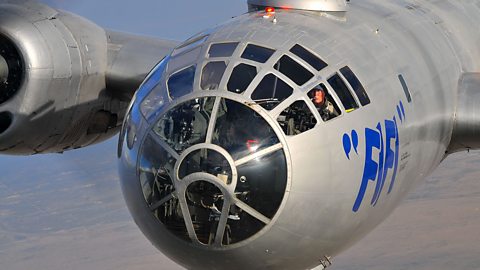
#Boeing B-29
B-29: Flying Museum

The Boeing B-29 Superfortress, flown by the Commemorative Air Force, represents the pinnacle of American aviation in the mid-1940s. These two airworthy examples are the last of roughly 4,000 built and pushed aviation technology to its limits. During summer airshows, passengers pay to experience 30-minute flights alongside a crew including a flight engineer meticulously monitoring the powerful, temperamental engines – essential for the plane's performance. Operating the B-29 is a uniquely demanding experience, requiring constant communication and careful management due to the aircraft's lack of automation. With a crew of six, including the pilot, co-pilot, flight engineer, and three scanner observers, it’s a complex undertaking, reminiscent of running a concert orchestra. The flight engineer is crucial, preventing catastrophic engine failures due to the planes' sensitive nature. Haskin, a veteran pilot with experience in F-15s and B-24s, highlights the B-29’s historical significance as a “flying museum,” engaging the public and honoring the “greatest generation.” The B-29’s operation remains a thrilling, if challenging, demonstration of a remarkable aircraft, a testament to a pivotal era in aviation history.
0 коментара
Остави коментар
Scroll to Top


